![]()
|
|
|
Stoke-on-Trent - Potworks of the week |
Alcock, Lindley and Bloore at the Scotia Works, Burslem
|

The Burslem Pottery Co. Ltd at the Scotia Works
from..... 1907
Staffordshire Sentinel
'Business Reference Guide to The Potteries, Newcastle & District'
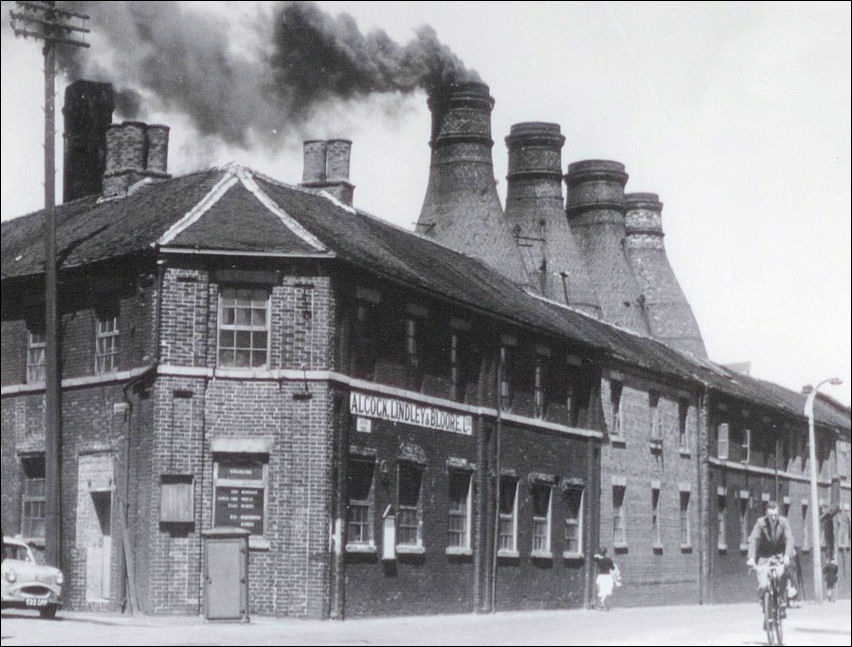
Alcock,
Lindley and Bloore, Burslem - on the corner of Overhouse Street, Wedgwood Place and Scotia Road
photo: E. J. D. Warrillow collection
|
Most of the bottle kilns are countained in
the buildings, only the top of the hovel shows above the roof. The smoke
shows that only one of the kilns is firing - the firing was 20% of the
cycle.
A typical bottle oven followed a 14 day cycle: six days to fill, three days to fire, three days to soak and cool, a day to empty, and a day to repair the internal-brickwork |

the Scotia Pottery - the part
of the works to the left was originally the Burslem parish workhouse in
Overhouse Street
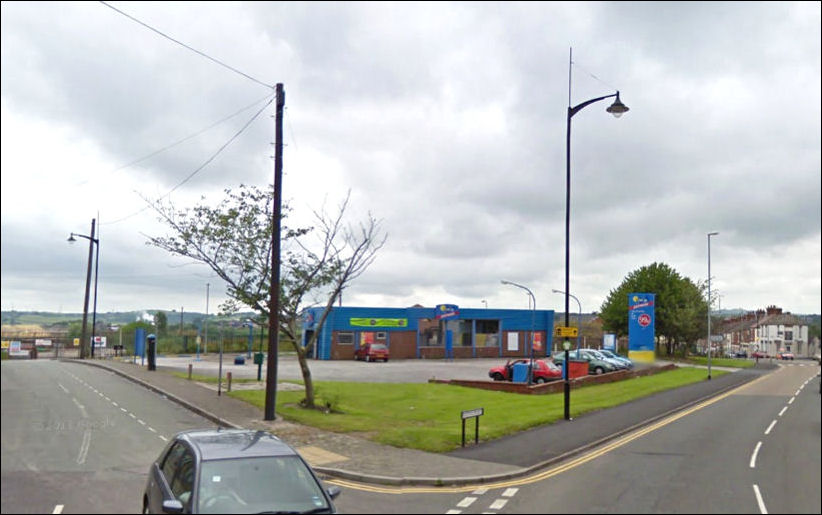
the same view in
2011 - to the left Overhouse
Street
to the right Scotia Road
Google Steet View
the houses on the far right, on the corner of Bycars Road, can be seen on both photos

map from 1947 Pottery Gazette & Glass Trade Review
|
11 Wood & Sons, Ltd. 12 Ford & Sons (Crownford), Ltd. 13 Wade, Heath & Co., Ltd. / Staffs. Teapot Co. 14 George Wade & Son, Ltd. 15 W. R. Midwinter, Ltd. 16 John Maddock & Sons, Ltd. 17 James Sadler & Sons, Ltd. 18 Barratt's of Staffordshire, Ltd. / King & Barratt, Ltd. 19
Alcock, Lindley & Bloore, Ltd.
|

Scotia Works shown
in blue - c.1900

1851 map showing the old
workhouse which at this time was used as a barracks
The Overhouse Pottery and the Foaming Quart public house can be seen
both on this map and the 1900 map
|
After a new union workhouse in Turnhurst Road, Chell, was built c. 1838–9. The old parish workhouse was leased out as an infantry barracks by the early 1850's and was sold by the guardians in 1857 for £1,000. It was bought by James Vernon who converted it into the Scotia Pottery. source - A History of the County of Stafford, vol 8
"This manufactory was originally the parish workhouse of Burslem. It was then, in 1857, converted into a manufactory by James Vernon who, in 1862, was succeeded by the firm of Bodley & Harrold and shortly afterwards Edward F. Bodley & Co., who in 1880 changed to Edward F. Bodley & Sons and in 1881 removed to the New Bridge Pottery, Longport. At these works, the usual descriptions of earthenware, printed, enamelled and gilt, and "ironstone china', for steamship and hotel use, were made. The bodies and glazes were considerably improved by the manager, Edward Beardmore. Jewitt's Ceramic Art of Great Britian |
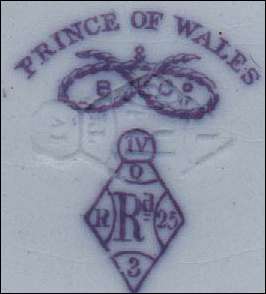
the Stafford
Knot mark of Bodley & Co
'Prince of Wales' is the pattern name
the registration diamond shows that
this pattern was registered in 1866
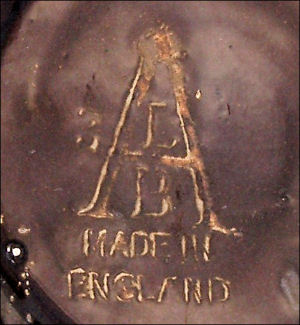
the mark of Alcock, Lindley & Bloore
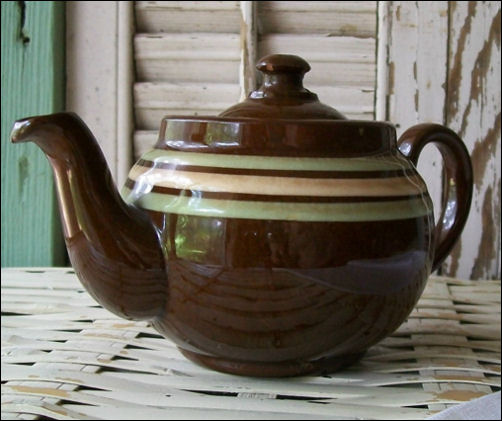
Alcock, Lindley & Bloore were well known for producing teapots
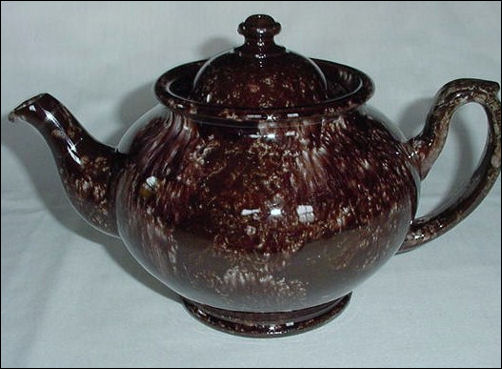
|
related pages Bodley potters - The Bodley family operated 3 pottery works, one of them was the Scotia Works. The Burslem Pottery Co. Ltd at the Scotia Works Alcock, Lindley & Bloore - Vulcan Pottery Works, Hanley external
links.. also see..
|